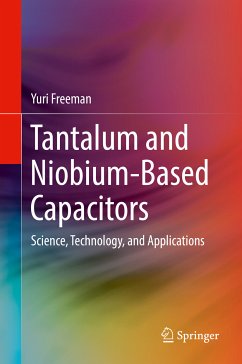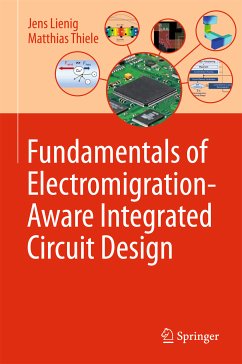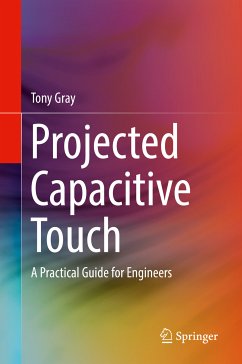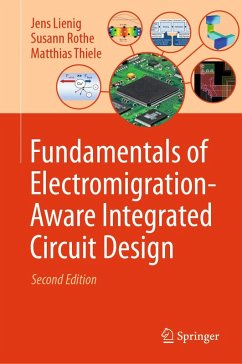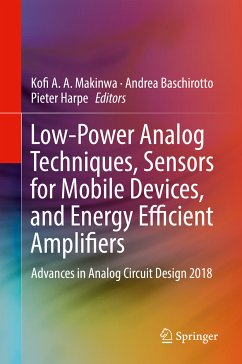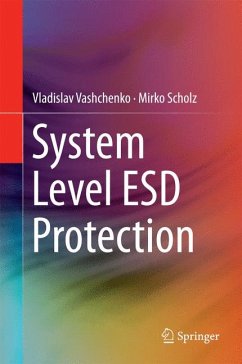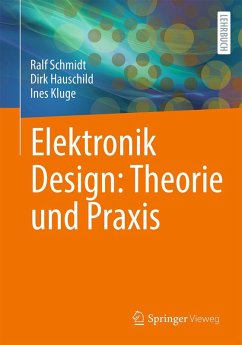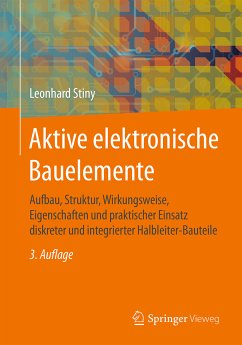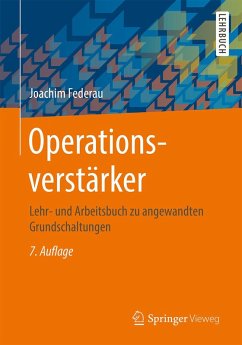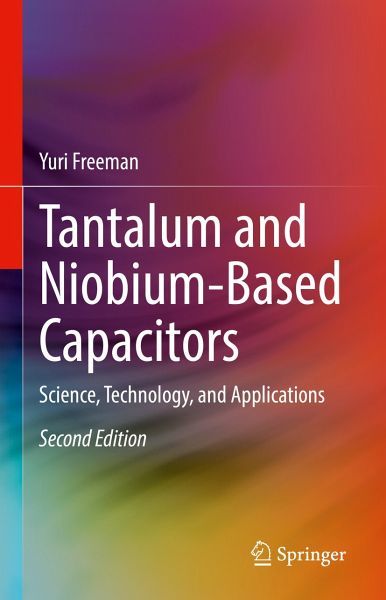
Tantalum and Niobium-Based Capacitors (eBook, PDF)
Science, Technology, and Applications
Versandkostenfrei!
Sofort per Download lieferbar
68,95 €
inkl. MwSt.
Weitere Ausgaben:

PAYBACK Punkte
34 °P sammeln!
This book provides a comprehensive analysis of the science, technology, and applications of Tantalum and Niobium-based capacitors. The author discusses fundamentals, focusing on thermodynamic stability, major degradation processes and conduction mechanisms in the basic structure of Me-Me2O5-cathode (Me: Ta, Nb). Technology-related coverage includes chapters on the major manufacturing steps from capacitor grade powder to the testing of finished capacitors. Applications include high reliability, high charge and energy efficiency, high working voltages, high temperatures, etc. The links between t...
This book provides a comprehensive analysis of the science, technology, and applications of Tantalum and Niobium-based capacitors. The author discusses fundamentals, focusing on thermodynamic stability, major degradation processes and conduction mechanisms in the basic structure of Me-Me2O5-cathode (Me: Ta, Nb). Technology-related coverage includes chapters on the major manufacturing steps from capacitor grade powder to the testing of finished capacitors. Applications include high reliability, high charge and energy efficiency, high working voltages, high temperatures, etc. The links between the scientific foundation, breakthrough technologies and outstanding performance and reliability of the capacitors are demonstrated. The theoretical models discussed include the thermodynamics of the amorphous dielectrics, conduction mechanisms in metal-insulator-semiconductor (MIS) structures, band diagrams of the organic semiconductors, etc.
- Provides a single-source reference to the science, technology, and applications of Tantalum and Niobium-based capacitors;
- Focuses on Polymer Tantalum capacitors, with rapidly growing applications in special and commercial electronics;
- Discusses in detail conduction and degradation mechanisms in amorphous dielectrics and multilayer capacitor structures with amorphous dielectrics, such as metal-insulator-semiconductor (MIS) structures with inorganic and organic semiconductors, as well as MOSFET transistors with high k dielectrics.
Dieser Download kann aus rechtlichen Gründen nur mit Rechnungsadresse in A, B, BG, CY, CZ, D, DK, EW, E, FIN, F, GR, HR, H, IRL, I, LT, L, LR, M, NL, PL, P, R, S, SLO, SK ausgeliefert werden.



